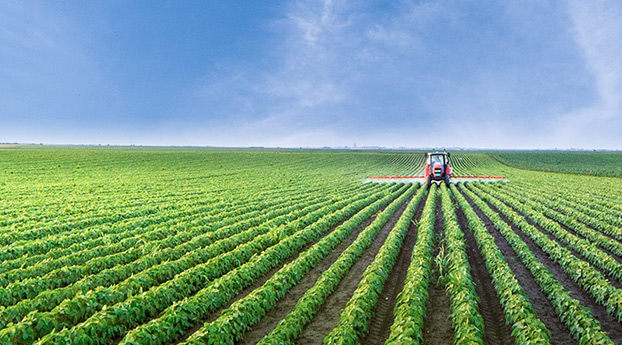"Drink" dirty water "spit" clean water, with biofilm purification technology to control pollution in the past black and smelly river water quality standards
Release time:2018-07-12 Views:383
The water is clear, with fish swimming in the water, as well as a dabchick playing on the surface, in the forepool of the Whiangan River Pumping Station in Jiangning District. The Whangan River used to be a black and smelly river. Although it was cleaned up last year, the water quality was still classified as bad five. The front pool of the pumping station is the last pass through which the Bianan River merges into the Qinhuai River. This year, Jiangning District attempted biological treatment of the front pool of the pumping station for the first time in the city. The water is introduced into the treatment facility, purified on the spot and then discharged. After more than two months of treatment, the water quality of the Pengan River has been improved, and the front pool of the pumping station, which had the worst water quality, has reached the five water standards.
Whianhe Pump Station is near Hongyun Avenue, located under the Qinhuai River embankment. Whip Saddle River is a broken river, the length of about 1.2 kilometers, in the past fork road area of multiple residential residential sewage into the Whip Saddle River, resulting in black and smelly water. Last year, Jiangning District launched the Bianan River remediation, pollution interception, silt removal, environmental remediation along the river, Bianan River look new, water quality improvement. However, the water quality of the forepond of the pumping station is still not ideal due to the poor water flow of the Bianan River and its main function of flood storage and drainage. "The pumping station can't drain water to the Qinhuai River on sunny days, and there is a lack of water refill. If there is less rain for a period of time, the water quality of the front pool will decrease significantly." Jiangning District environmental protection Bureau relevant person said, Whianhe River is an important Qinhuai River pumping station, Qinhuai River water quality directly affects the outer Qinhuai River water quality, the latter is a tributary into the river, section to participate in the national examination, so it is necessary to improve the water quality of the pump station front pool.
After research, Jiangning District decided to try biological purification technology to control the pollution of forepond in the pumping station of Biananhe River. Reporters saw that there were 7 green tin cans on the parking lot next to the front pool of the pump station, adding up to the size of a container, which is a small sewage treatment station. "Each of the seven tanks has a division of labor, and there are microorganisms and biofilms in the tanks." Zhou Baochang, general manager of Nanjing Ruijie Membrane Separation Technology Co., LTD., the provider of sewage treatment technology, introduced that the principle of pollution control of this sewage treatment station is to pressurize the water in the front pool of the pumping station into the tank, and after 7 tank 7 procedures, the pollutants such as ammonia nitrogen and COD in the water are "eaten" by the biological bacteria in the tank, and then discharged into the water of the river. Pollutants can be reduced more than 80 %, ammonia nitrogen concentration can meet the four types of water standards.
After two months of trial operation of biofilm purification technology in the front pool of Penganhe River Pumping Station, the water quality changes obviously. After the "huffing and puffing" of sewage treatment facilities, the water in the forepond has been upgraded from the bad five to the five, and fish and algae organisms have appeared. According to the district environmental protection department, if the water quality of the front pond can reach the five categories stably, the water released by the pumping station will not affect the water quality of the Qinhuai River.
Source: A2 Nanjing Daily, July 12, 2018

















